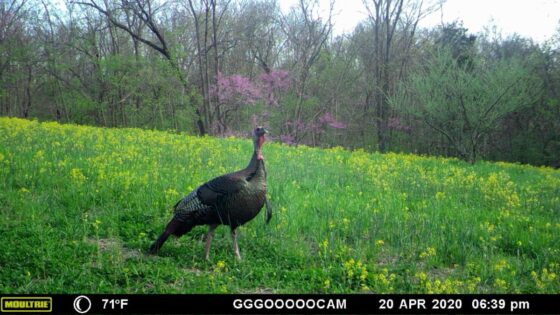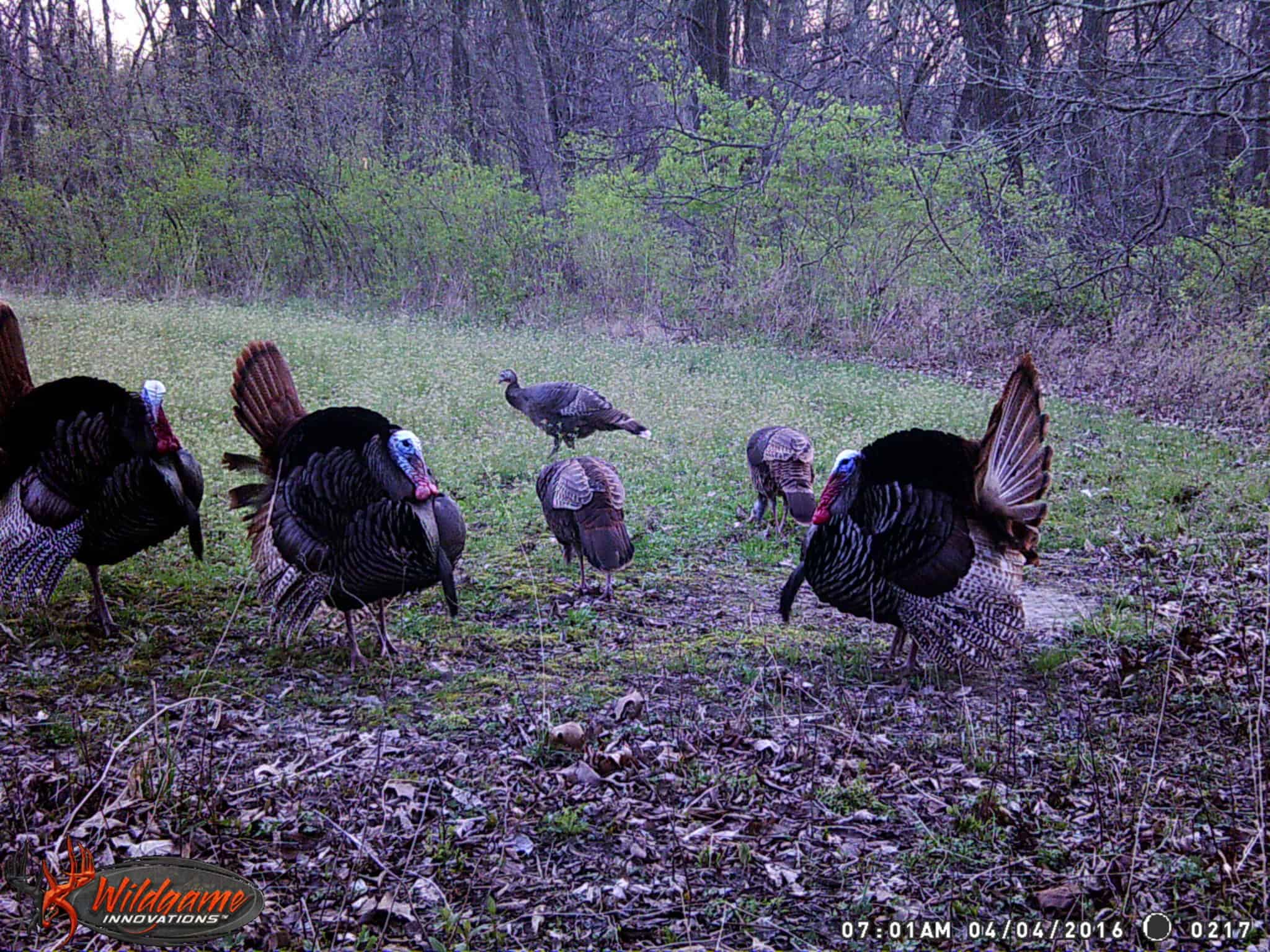Want More Turkeys? Turkey Habitat Improvement Tips
 Years ago, when I started guiding for Eastern turkeys in West Central Illinois, I decided that the status quo of the properties that I hunted was not good enough for my turkey hunts. I wanted to not only keep more turkeys on the properties that I guided, but I also wanted more places to set up on these birds with clients. I learned that not all hunters were able to “run n gun” like I often wanted to do. Due to physical limitations or experience level, I discovered that just winging it every morning reduced my ability to provide a quality hunt. Having a predetermined strategy for my hunters not only increased their success rate but also their enjoyment.
Years ago, when I started guiding for Eastern turkeys in West Central Illinois, I decided that the status quo of the properties that I hunted was not good enough for my turkey hunts. I wanted to not only keep more turkeys on the properties that I guided, but I also wanted more places to set up on these birds with clients. I learned that not all hunters were able to “run n gun” like I often wanted to do. Due to physical limitations or experience level, I discovered that just winging it every morning reduced my ability to provide a quality hunt. Having a predetermined strategy for my hunters not only increased their success rate but also their enjoyment.
The first step in my new turkey hunting strategy was attracting more turkeys to my properties. One of the larger farms that I guided on held very few birds. They were always roosting on the neighbors which left me trying to call birds great distances and over obstacles such as fences. This had to change. The problem with this particular farm is that it had been logged heavily decades before which opened the canopy, and the woods grew up very thick with young trees. Most trees were close together and of poor quality such as elms, maple, and locust. There was an occasional old white oak tree that the loggers spared that had many horizontal branches. These trees make great roosting trees but when surrounded by thick undergrowth the turkeys will rarely utilize them. Turkeys really want to see the ground beneath them while on the roost and don’t like flying down into thick stands of saplings. I identified four areas on this property that had good potential for roost sites and went to work.

I began by taking a chainsaw and removing a majority of the trees under 6 inches in diameter within an acre sized area around these large oak trees. I focused my efforts in likely areas for turkeys to fly down such as the uphill side of the roost trees and ridge top flats. When I got to the wood line along the nearest field, I cleaned out all of the small trees and brush to have a clean transition from the woods to the field. At these openings I created clover plots, so the turkeys had an immediate area to feed and strut in at daylight. The final touch on these roosting sites was to burn the forest floor and edge. I typically burned much larger areas than my one-acre roosting site. This burning served multiple purposes in my overall plan. First, it helped to beat back the undergrowth of woody vegetation and invasive plants. It also killed the very small sapling trees which help limit my future chainsaw work. The other great side effect of a timber burn is exposing all of the acorns that the leaves were hiding. This immediately attracted turkeys. Finally, the open and clean woods created an area the gobblers really enjoyed strutting in and kept them around for quite a while in the mornings.
Step #2- Creating semi-permanent set up spots

The second part of my strategy was creating spots to actually set up with my hunters. I mainly tried to use natural blind making materials such as the trees and brush that I cut down. This satisfied two of my desires. One…I had natural blinds that would last several years for free. Two….I enjoy hunting much more when I can see and feel the hunt versus sitting in a dark tent shooting out of a hole. So, this gave my hunters concealment but maintained the natural aspect of sitting in the woods. I put great thought into these locations to make sure they were in the right spot. I wanted to be able to get my hunters to these areas quietly and I usually raked a path to the base of my set up trees to insure an undetected approach.
So now it was time to see if my work would pay off. As turkey season approached, I made my daily pre-dawn scouting mission. It seemed like I was listening to a completely different farm from the previous year. All four areas that I had worked on now had gobbling turkeys perched there. Not only did they roost there but they stayed on the farm utilizing the food plots and open timber to feed and strut. The prairie grass that we had established also made for great nesting habitat for the hens. The final result was a property that raised, sustained, and provided for the wild turkey. We went from a property that occasionally produced a turkey kill to one that produced three or four gobbler harvests every year.
I continued to maintain these areas for years and they continued to produce results for our guides and clients. I also expanded this idea to other people’s farms including my own personal lease with nearly identical results. Proof positive that if you give some of your time to the habitat on your turkey hunting property that it will give back. So, if you want to attract more turkeys to your property and provide yourself with some better-quality hunting, please take a look at your habitat and see if it could use some improvement. The turkeys and your freezer will thank you. Best of luck this spring.
Corey J. Wilkinson
Last Updated: March 4th, 2024



